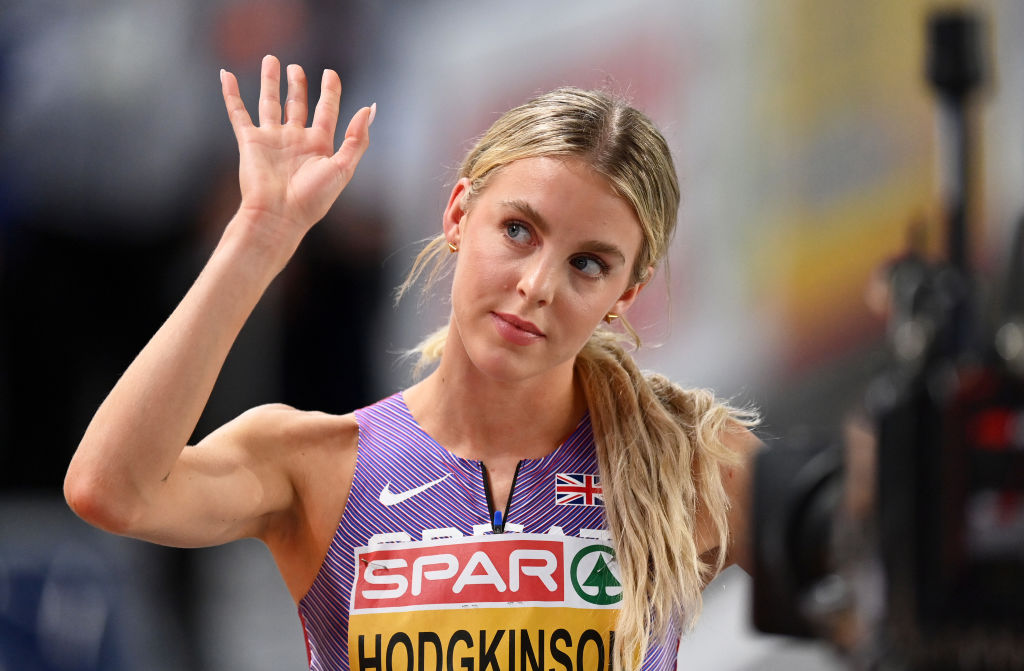Track and field must shine in 2023 or risk a painful death

So a new track and field season is upon us, with the Diamond League set to begin on Friday in Doha.
And while those in Qatar may have their eyes fixed on Manchester United at the moment, the athletics circus is returning to their back yard in a year in which the sport is looking to overcome recent obstacles.
Athletics is going through the ringer at the moment: there are debates over the inclusion or exclusion of transgender athletes, fierce arguments over how the sport ought to modernise amid an ever overcrowded sports offering, and concerns over the financial stability of some of its biggest organisations, such as UK Athletics, which has almost run out of cash.
Track and field is exciting
Track and field is exciting. We have this obsession with the fastest man and woman in the world, watching skinny lads jumping 6.1m in the pole vault, and records that continue to be challenged in the longest distance, the marathon.
But it is clear that the sport struggles to transcend its traditional, devoted audience – and that could spell disaster for the likes of UK Athletics and the wider sport.
More than 30,000 tickets have been sold for the London leg of the Diamond League at the London Stadium and stars such as Keely Hodgkinson will be appearing, while last year’s Commonwealth Games showed that the British love for track and field remains.
But amid some poor crowds at last year’s World Championships in Oregon, European Championships in Munich, and this year’s World Indoors in Istanbul the sport must do more.
It must harness its stars and promote them as if they’re god-like beings – like horse racing does with its runners and football does with its global names. Track and field needs to generate the buzz other sports do – like golf’s Masters and the Wimbledon Championships in tennis. It must maintain an audience for hours – like Test cricket manages to do in the UK.
Here in Britain, we have a fond relationship with athletics. Recently the likes of Jessica Ennis-Hill and Mo Farah have spearheaded new interest in the sport which has given life to the likes of Laura Muir and Dina Asher-Smith. But our union with track and field goes way back, to the days of Paula Radcliffe, Daley Thompson and others.
There’s no excuse as to why athletics cannot thrive in the United Kingdom, but it requires buy-in from the many, not the few.
Difficult times
Broadcasters must provide quality coverage, the organisers at World Athletics must ensure the stars compete when fans tune in, and the athletes themselves need to make sure they’re performing at the highest level.
Last year was a difficult one. Worlds, Commonwealths and Europeans in the same season meant a number of star competitors had to pick and choose where to compete and where to avoid; those that attempted all three had varied successes.
But this year, with the Worlds in Budapest the only star meeting of the season, there’s a focused vision for the top athletes.
The Americans will bring their might and there remain questions over whether Russians will turn up to the Worlds, given World Athletics chief Sebastian Coe has lifted the ban on the country after their doping scandal.
But for the Brits it is a championships where the likes of Hodgkinson and Jake Wightman can cement themselves into track and field history, and where the likes of Eilish McColgan can continue to redefine British women’s long distance running.
Track and field, generally, is in a right state – and UK Athletics is a solid example of this – but together the broadcasters, organisations and athletes can at least begin to work together to lay the foundations for radical change in the sport. Because without it, it dies.